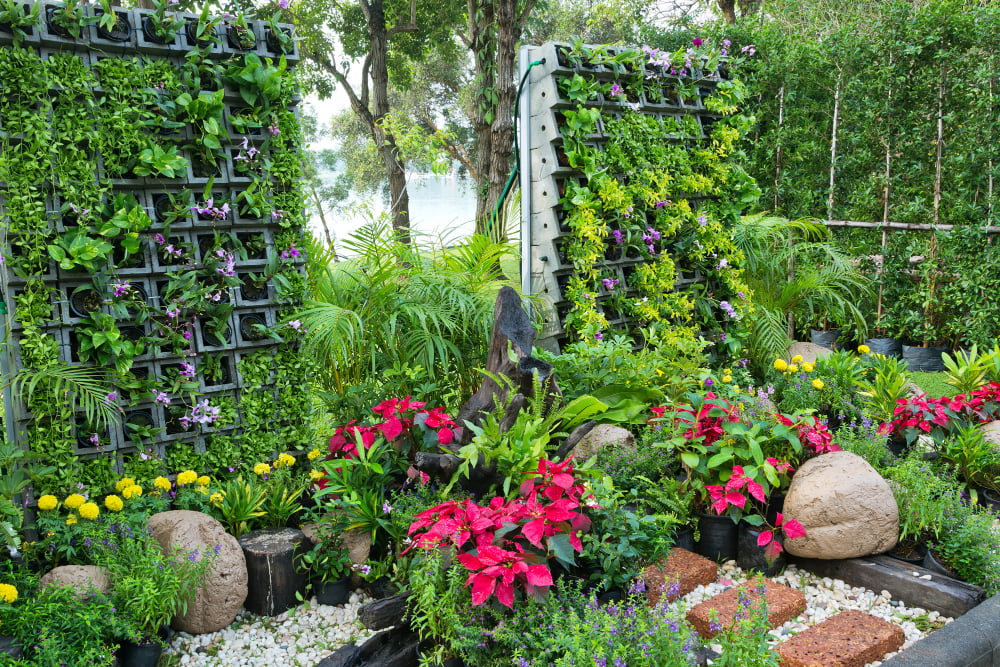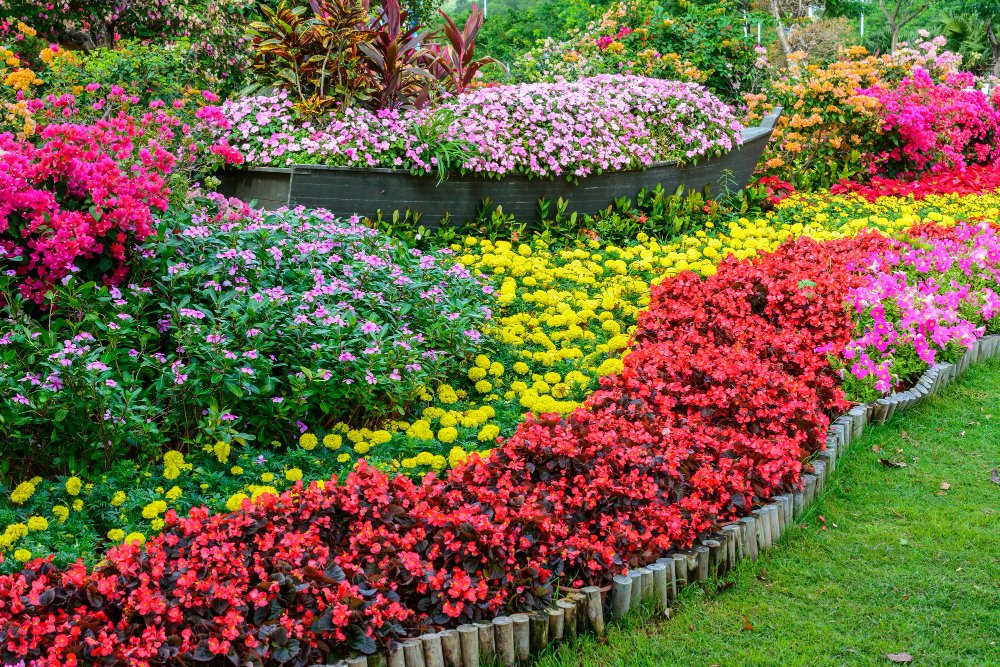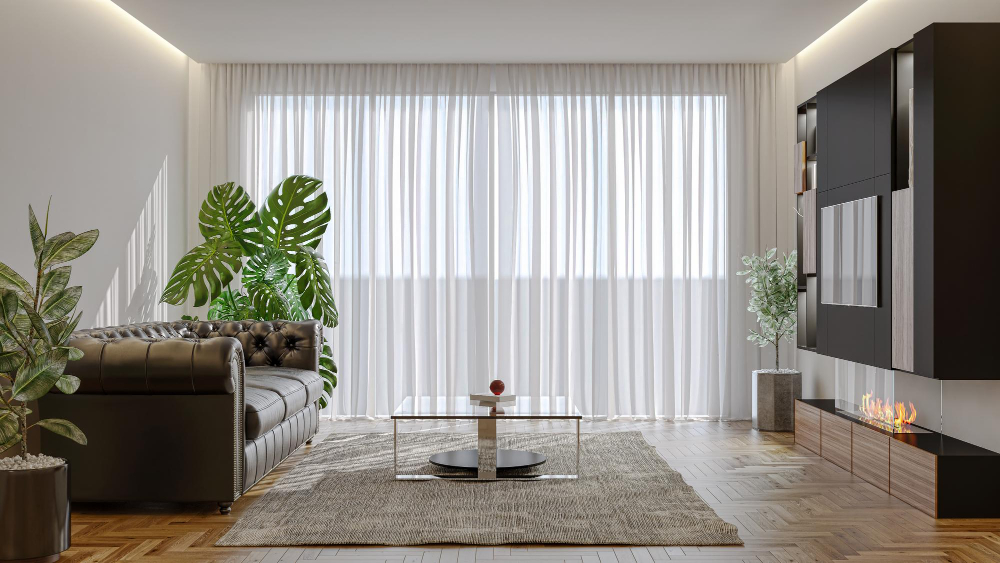Last updated on
Gardening is an age-old practice that allows individuals to connect with nature, unleash their creativity, and craft stunning outdoor spaces. Among various gardening styles, designing a beautiful flower garden stands as a timeless and cherished art form.
A well-planned flower garden is not only visually appealing but also a sanctuary that brings tranquility and joy to both the gardener and those who visit it. In this essay, we will delve into the art of gardening and explore the essential elements involved in designing a breathtaking flower garden.
The Importance of Flower Gardens

Flower gardens hold a special place in the hearts of gardeners and enthusiasts worldwide. Their significance goes beyond mere aesthetics; they play a vital role in fostering biodiversity and supporting pollinators, such as bees and butterflies. A well-designed flower garden can provide a habitat for various beneficial insects, birds, and other wildlife, contributing to the overall health of the local ecosystem.
Moreover, flower gardens serve as a refuge from the fast-paced modern world, offering a tranquil escape where one can reconnect with nature and find solace. The colors, scents, and textures of flowers stimulate our senses and evoke emotions, uplifting our spirits and promoting mental well-being. Furthermore, they offer educational opportunities for learning about different plant species, gardening techniques, and the delicate balance of nature.
Understanding the Space

Before embarking on the design of a beautiful flower garden, it is crucial to understand the space available. The size, shape, and existing features of the garden area will influence the layout and the overall design. Factors such as sunlight exposure, soil type, and climate will also determine which plant species are best suited for the garden.
One can choose from various garden types, including formal, informal, cottage, or wildflower gardens. Each style imparts a unique ambiance and requires distinct planning and plant selection. Regardless of the chosen style, the key lies in creating a harmonious design that blends seamlessly with the surrounding landscape.
Planning the Layout

A well-thought-out layout is the foundation of a beautiful flower garden. It involves carefully organizing the various elements, such as flower beds, paths, focal points, and seating areas. One must consider the flow of movement throughout the garden, ensuring that visitors can explore the space comfortably and enjoy its full beauty.
Dividing the garden into different zones based on the plants’ needs, colors, or themes can create a visually appealing and organized layout. For instance, a butterfly garden might feature nectar-rich flowers to attract these enchanting insects, while a herb garden could be designed with culinary and medicinal plants.
Choosing the Right Plants

Selecting the right plants is a critical aspect of flower garden design. Different plants have varying growth habits, sizes, and blooming seasons. One should consider a mix of perennial and annual flowers to ensure that the garden remains vibrant throughout the year.
It is essential to choose plants that thrive in the local climate and soil conditions. Native plants are often an excellent choice, as they are adapted to the local ecosystem and require less maintenance. When combining different species, it is vital to consider their compatibility in terms of sunlight, water, and nutrient requirements.
Lighting Solutions for Beautiful Gardens
In some cases, gardens may lack sufficient natural light, especially in certain seasons or weather conditions. This is where artificial lighting solutions come into play. Boya offers high-quality LED grow lights that can provide the necessary light for plants in the garden.
These advanced LED grow lights come with a variety of spectrums that can simulate sunlight at different growth stages, effectively promoting plant growth and flowering. With the help of these cutting-edge technologies, garden enthusiasts can create an ideal growing environment for their plants, whether indoors or outdoors, ensuring that their flower garden remains vibrant and thriving throughout the year.
Colors and Compositions
Color plays a pivotal role in the design of a flower garden. A well-balanced color scheme can create a harmonious and visually striking effect.
Warm colors, such as reds, oranges, and yellows, evoke energy and excitement, while cool colors, like blues and purples, promote a sense of calm and tranquility. Complementary colors (those opposite each other on the color wheel) can create a bold and dramatic impact, while analogous colors (those adjacent to each other on the color wheel) offer a more harmonious and soothing palette.
In addition to color, the arrangement and composition of plants are vital in creating a captivating flower garden. Taller plants can be placed at the back or center of flower beds to provide a backdrop for shorter plants. Strategic placement of focal points, such as sculptures, water features, or seating areas, can draw the eye and add interest to the garden.
Maintaining the Garden
Designing a beautiful flower garden is not a one-time effort; it requires ongoing maintenance to keep it looking its best. Regular tasks include watering, weeding, deadheading (removing spent flowers), and pruning. Proper care and attention will ensure that the garden remains healthy and thriving.
Furthermore, as the garden matures, some adjustments might be necessary. Plants may outgrow their space, and certain combinations might not work as envisioned. Gardeners should be willing to experiment and make changes over time to achieve the desired results.
The Takeaway
Designing a beautiful flower garden is a deeply rewarding and artistic endeavor. It allows individuals to connect with nature, express their creativity, and create a vibrant and harmonious outdoor space.
By understanding the space, planning the layout, choosing the right plants, and considering colors and compositions, one can craft a breathtaking garden that brings joy to both the gardener and visitors. The art of gardening, in the form of a stunning flower garden, stands as a testament to humanity’s appreciation for nature’s beauty and our desire to coexist harmoniously with the natural world.
Related reading:
Table of Contents





